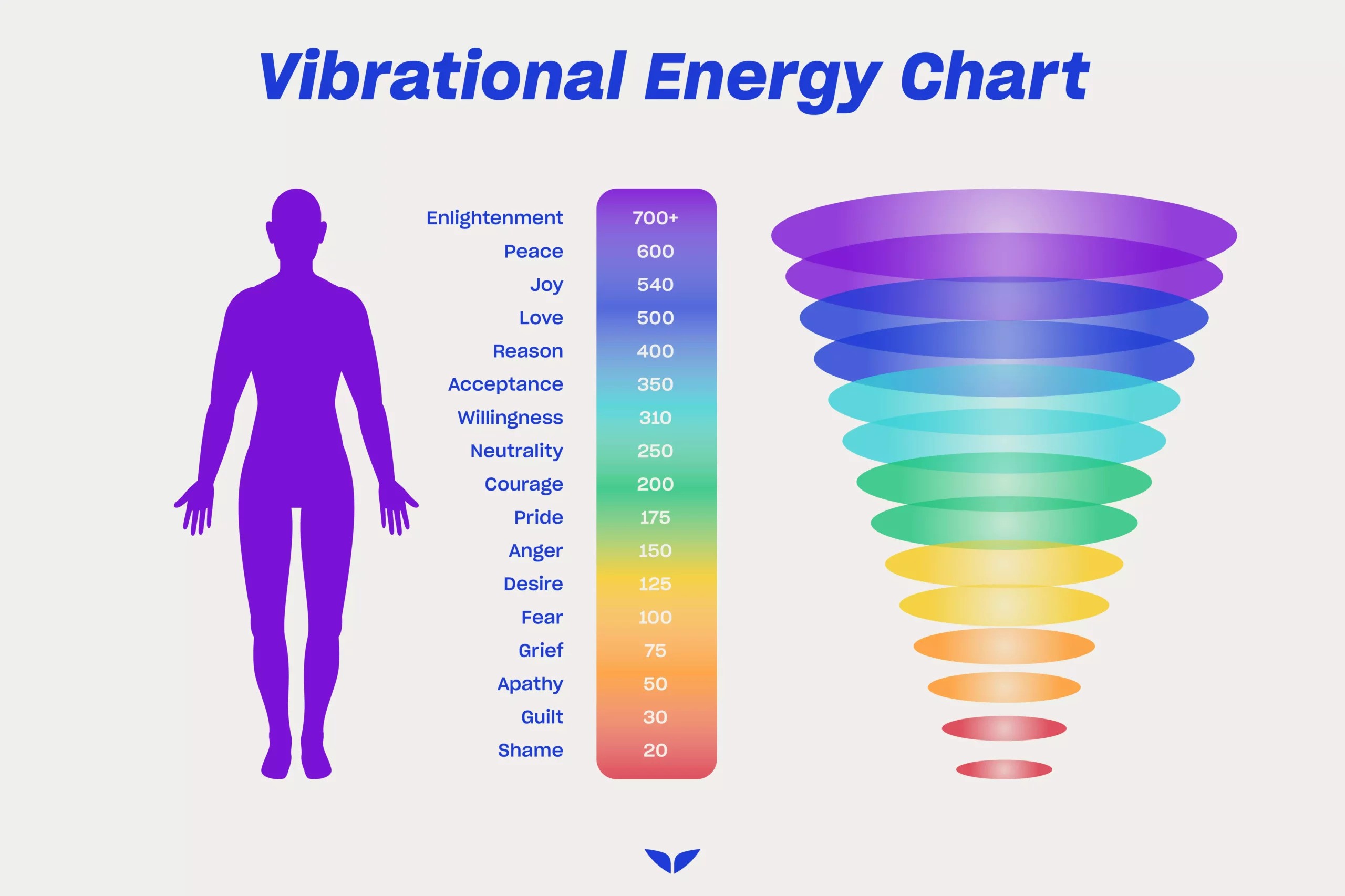How To Practice Zen Meditation
What is zen meditation
Zen meditation is referred regarded as "open-monitoring meditation" because it makes use of monitoring skills. These monitoring skills are changed into reflexive awareness, which is characterized by a broad range of attention and a lack of focus on a single item.
Zen meditation and mindfulness are similar in that they both focus on the present moment. Mindfulness, on the other hand, focuses on a single thing, but Zen meditation entails a broad awareness.
Unlike loving-kindness and compassion meditation, which focuses on fostering compassion, or mantra meditation, which entails reciting a mantra, Zen meditation entails a greater awareness of one's own physical and self-referential processes.
How to do zen meditation
In the following we will talk about the top 3 Zen Meditation Techniques:
Quiet awareness
This type of meditation does not focus on a single thing, like the breath. Meditation students learn to let thoughts flow through their minds without judging, grasping, or rejecting them. This is known as shikantaza in Japanese, which means "simply sitting." There is no goal of concentration, anchoring, or content in this Zen Buddhist meditation technique.
The teachings stress that there is no such thing as a goal. The meditator simply “sits” and lets their mind wander. It is critical for practitioners to recognize that zazen is not a means to an end, but rather the destination itself.
Observation of the breath
During zazen, meditators should adopt a comfortable posture such as the Burmese, half-lotus, or Seiza pose. It is better to sit on a soft mat or cushion, but a chair will suffice. The focus of awareness is on a specific meditation object, usually the breath and, more specifically, how it flows in and out of the abdominal area. This technique cultivates a constant sense of presence and attention.
Kinhin (Zen Walking Meditation)

1. Locate a trail that is about 40 feet long.
2. You can go barefoot or wear light shoes to practice. It's best to go barefoot.
3. Make the Shashu mudra using your hands (see image below). With one hand, make a fist. With the other hand, lightly hold that fist. The Shashu mudra is what it sounds like.

4. Start walking up and down the path at a slow speed. Your step should rest on your heel, with the ball of your foot touching the ground before your toes.
5 Consider the sensations of movement in your feet and legs, from your toes to your pelvis, while you walk. Also, pay attention to how your mind directs your body's movement. You can feel the link between intent and action if you look attentively. Consider that relationship.
6. It's a good idea to label the different components of your movement. “Left foot lightly pressing on the ground,” for example, or “right foot stepping forward.”
7. If you're having trouble focusing, Ajahn Nyanadhammo of Dhamma Talks recommends adopting a mantra. He suggests the slogan "Buddo." You may do this with Chankramanam, which synchronizes the chant with your steps.
8. Spend some time meditating on your surroundings. Smell the air, take in the colors of your meditation garden or strolling environment, and explore with your five senses. While walking, practice awareness.
9. Turn around and repeat when you reach the end of the path.
10. Keep your eyes down and don't pay attention to anything.
11. Find a tempo that is neither too fast nor too sluggish for you.
12. Concentrate your attention on your body and its sensations.
13. Allow your focus to go to your lower legs and feet.
14. Feel each step's movement and how it feels in your feet. When taking a step, be aware of each movement. Keep track of how your foot rises, how your leg swings, how your foot returns to the ground, and how your other foot takes over.
15. Count each step if you find it useful. Counting might help you stay present at the moment.
Spend 20 minutes practicing.
There are a variety of ways to learn more about Zen meditation, including audio programs, internet videos, online learning programs, and books. You might also be able to find a Zen meditation class where you can learn from a teacher. There are also a number of meditation retreats available, ranging in length from a weekend to a month or more.
Tourists in China who want to learn the practice at a Buddhist temple flock to Zen meditation retreats in particular. So, depending on your interests, needs, and money, you can select a program that will teach you Zen meditation techniques in a variety of ways.



